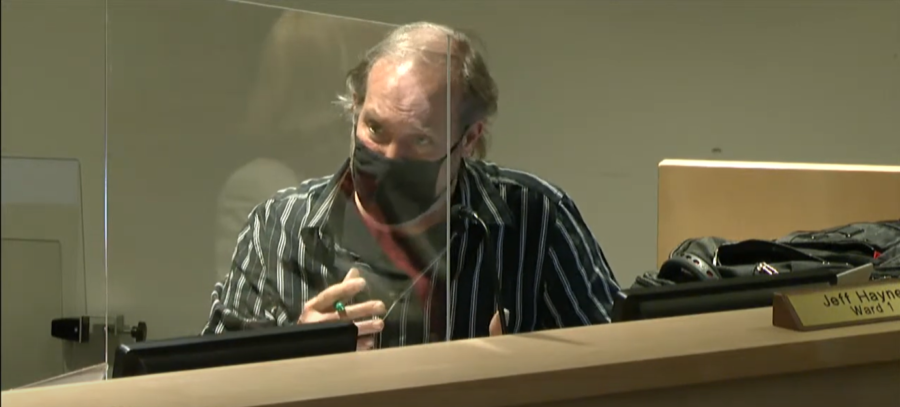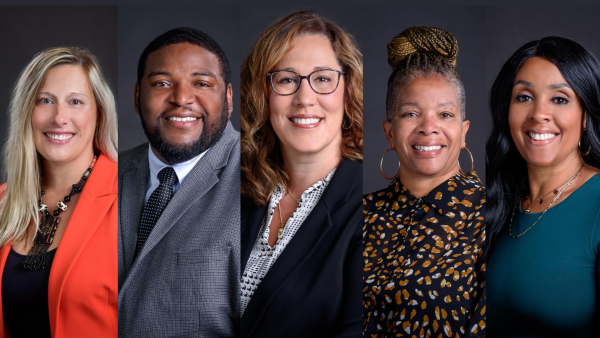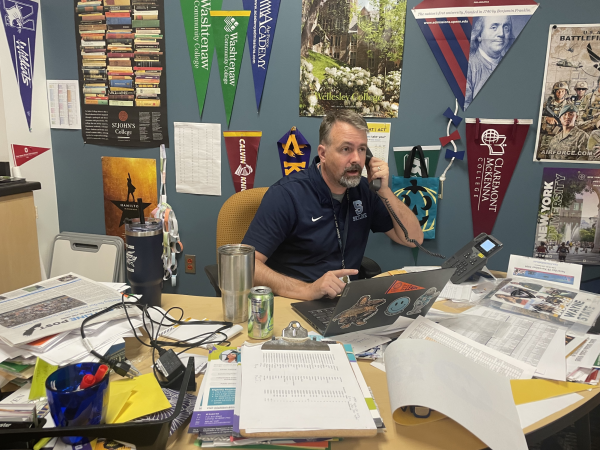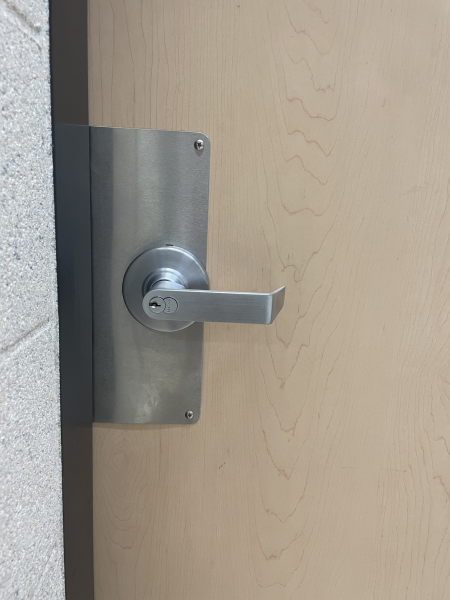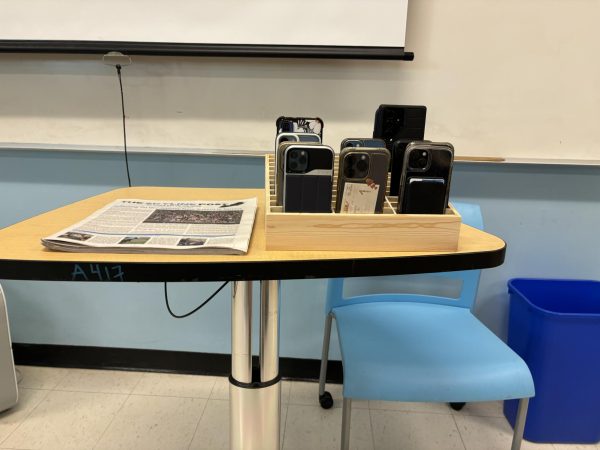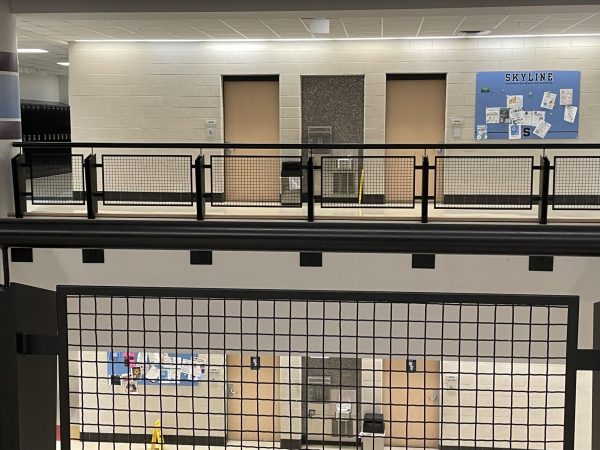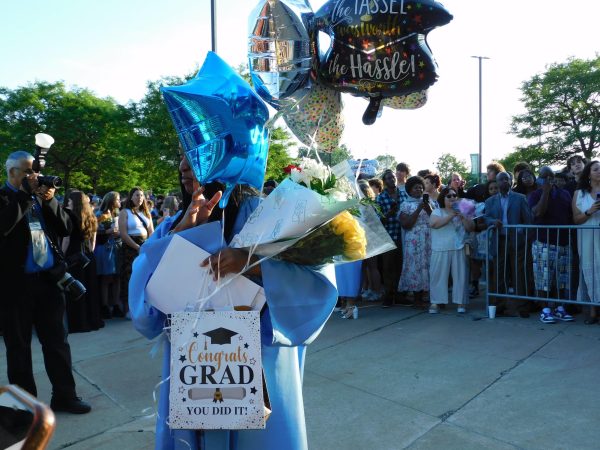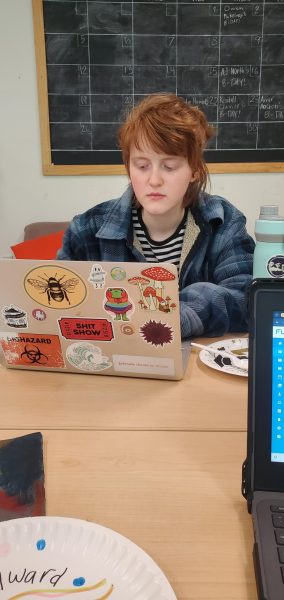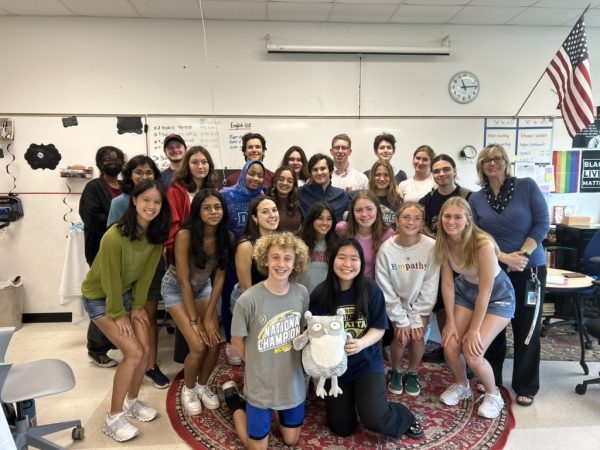City of Ann Arbor Decides on $24.2 million ARPA Funding
On April 4, the Ann Arbor City Council voted 10 to 1 to approve plans to spend 24.2 million dollars in COVID relief funds. The vote was the culmination of an intricate, months-long process.
“It wasn’t easy and I don’t think, in the end, everyone is going to be happy but, I hope most everyone will be satisfied,” Councilor Ali Ramlawi said about the decision of how to spend the funds.
The projects funded include a universal basic income pilot, solar panel installation, water line replacements, an unarmed response program, and affordable housing acquisitions.
In March 2021, President Biden signed the American Rescue Plan Act (ARPA) to provide per the Department of the Treasury “[t]he American Rescue Plan will deliver $350 billion for state, local, territorial, and Tribal governments to respond to the COVID-19 emergency and bring back jobs.” John Fournier, Assistant City Administrator, described ARPA as the largest investment in municipalities by the federal government in decades. Several councilors emphasized that the focus of much of the funding should be on those most affected by the COVID-19 pandemic.
As part of ARPA, $24,182,630 came to the City of Ann Arbor, to be spent by the end of 2026 to replace revenue lost during the pandemic. The money could also be spent on programs that help individuals or communities impacted by the pandemic, as outlined in a memo to the Mayor and Council.
“In addition to thanking President Biden for the vision of the American Rescue Plan,” said Mayor Christopher Taylor during the April 4 meeting, “I think we also have to thank our intrepid Congresswoman Dingell for busting her gut to ensure that our allocation was properly calculated, which it was not on the first go around.” Initially, the city only was set to receive $11 million, but it received $24 million after Rep. Dingell and others lobbied the Department of the Treasury.
Earlier, on June 7, 2021, the council directed the City administrator to draft projects to spend the new funds and return with the recommendations by October. Then-Acting City Administrator Fournier pulled together a team that included Marti Praschan, the city CFO. The team worked with senior city officials and department heads to find transformative projects which represented less run-of-the-mill spending opportunities that met ARPA guidelines.
A memo sent on October 1 laid out the projects. The projects had to meet ARPA guidelines, be finished by 2026, solve a policy priority of the Council, pursue new or transformative initiatives, and magnify city resources by freeing up other funds and accelerating investment in other programs or infrastructure.
The City Council directed the administrator to run a public engagement campaign. “I do think our public engagement was rushed, more could have been done,” said Ramlawi. “More time could have been taken.” Public engagement included ten public meetings on the projects and a survey with 2500 respondents. Fournier said that there often is a temptation to get as much input as possible but there are diminishing returns because more input often doesn’t change much but takes up more time.
The public engagement campaign resulted in ratings for each project: high, medium, or low, priority based on enthusiasm. All high-priority
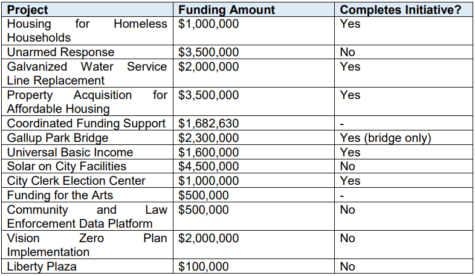
projects received full funding, while medium-priority projects received partial funding, and all but one low-priority project received no funding in the administrator’s final recommendations. The one low-priority project that was partially funded was Vision Zero, a program to reduce traffic fatalities to zero through many means including bike lanes, expanded public transportation, and improved pedestrian signals.
The final recommendations were sent to the City Council in a memo from the city administrator. Several of the projects including the Liberty Plaza and Funding for the Arts projects were added after community input.
At nearly 11:00 PM on April 4, discussion of DS-1: Resolution to Direct the Allocation of ARPA Funds began. Councilor Jeff Hayner proposed four amendments to DS-1. The amendments tried to move funds from solar to affordable housing, the Gallup Park Bridge project to water infrastructure improvement, Vision Zero to funding for the arts, and Vision Zero to a recovery fund for later years. Only Hayner himself voted for these amendments.
The main reason for opposition to Hayner’s amendments was a concern that there was no time for public engagement on Hayner’s
amendments because they had not been published before the meeting. Hayner had sent his amendments to the City Clerk, the Mayor, and City Council the Friday prior to the meeting but they had not been made publicly available prior to the meeting.
The council then considered several amendments:
Amendment two, which Councilor Linh Song moved, sought to put aside $500,000 of the $3,500,000 for the acquisition of affordable housing to fund on-site residential support services. Ramlawi argued that the money did not need to be set aside as a previous mileage would cover this. Hayner said the money that could be used for property acquisition shouldn’t be taken away and said the $500,000 could be reallocated instead from solar acquisition. The amendment was passed with a vote of 9-2.
The Art Therapy Spending Directive Amendment
Amendment three sought to set aside $200,000 of the $500,000 for the funding for the arts to go to arts-based trauma programs. He proposed taking $200,000 from the solar panel project and allocating it for the trauma program, keeping all $500,000 for general arts funding. “You’ve got to take from somewhere to give to somewhere else,” said Councilor Hayner. The amendment was passed with a vote of 7-3.
The Funding Shuffle Amendment
Councilor Ramlawi advanced amendment four which sought to reduce unarmed response funding and increase housing for the homeless. The unarmed response project would create data systems, outside training, and resources to build police officers’ skills, as well as engage service providers and non-profits to help the City’s unarmed response program. Ramlawi mentioned how new cannabis excise tax money could replace the funds taken from the unarmed response. Just ten days prior, city staff informed the Council that they would be receiving $1.4 million from the State, $1 million more than the city received last year.
“I thought this was a no-brainer,” said Ramlawi, “I thought this was a slam dunk. How could there be any confusion? How could there be anybody who could be against this?” There was confusion over the plan to replace the lost funding for unarmed response with cannabis excise money. The amendment failed with a vote of 3-8. “It was really convoluted… there was not enough trust on council,” said Councilor Ramlawi of the amendment’s failure to pass.
The Amendment That Never Was
Despite being published before the meeting, amendment one was never brought up. It sought to move all funds from the universal basic income (UBI) pilot program to fixing roads. The amendment stemmed from a concern over some technical aspects of the UBI program which were clarified prior to the meeting.
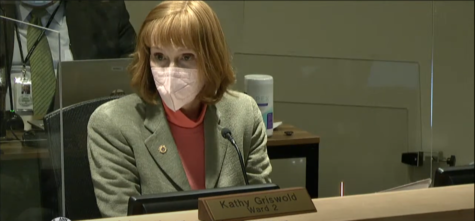
The Final Decision
With the funding decision amended, the resolution was passed with a vote of 10-1.
Despite the near-unanimous decision, disagreement on how the funds were distributed remained. “I think the distributions of the funds did not do enough to aid those in our community most impacted by COVID,” the sole opposer, Councilor Hayner said. “This ARPA funding distribution process was used by the council majority to distribute federal ‘rescue funds’ to their various pet projects.”
There was still some dissent among Councilors who voted yes. “I cannot let perfection be the enemy of good….there are many things in that package that I supported, there were a few things I did not,” said Councilor Ramlawi, who voted yes in the final vote, despite voicing reservations about how the money was distributed. “It was more about compromise than anything else.”
Ramlawi continued “I hope that the work and the money being spent using these funds honor the fact that this is being borrowed from future generations and [that] what we do with them helps and supports the future generations because those are the folks who are going to pay for it,”
“We spent a lot of money on solar panel installations on city buildings,” said Ramlawi. He went on to say that the funds are useful and help the city meet goals but he questioned why funding for some projects had to come out of the ARPA funds. “The 24 million dollars was designed as and intended for persons who were affected by COVID the most,” he said. “Was the ARPA money meant for that? I’m not completely sure.”
Your donation will support the student journalists of Skyline High School. Your contribution will allow us to cover our annual website hosting costs.

Lucas Caswell is a founding writer and the editor-in-chief of the Skyline Post. In his free time, he swims (a lot), writes for SwimSwam, plays quiz bowl,...

